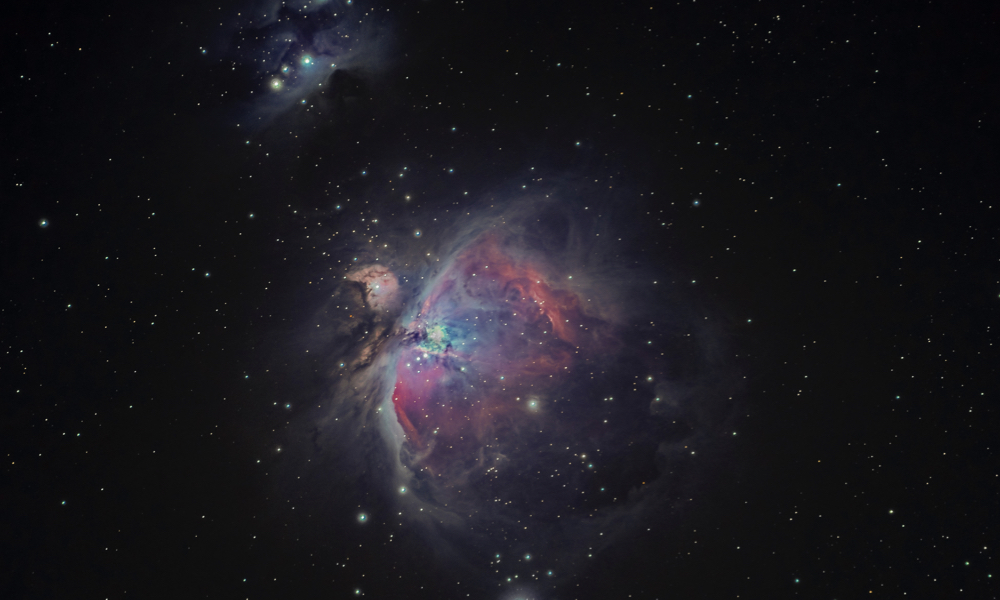
ESA Open Invitation to Tender AO10353
Open Date: 22/05/2020
Closing Date: 09/07/2020 13:00:00
Status: ISSUED
Reference Nr.: 20.154.06
Prog. Ref.: NAVISP Phase 2 E1
Budget Ref.: E/0365-40 – NAVISP Phase 2 E1
Special Prov.: BE+DK+DE+CH+GB+AT+NL+NO+FI+CZ+RO+FR+IT+GR+HU+SE
Tender Type: C
Price Range: 200-500 KEURO
Technology Domains: RF Systems, Payloads and Technologies / Radio Navigation Systems/Subsystems / Ground Receivers
Establishment: ESTEC
Directorate: Directorate of Navigation
Department: Strategy and Programme Department
Division: NAVISP Programme Office
Contract Officer: Pratesi, Giulia
Industrial Policy Measure: N/A – Not apply
Last Update Date: 22/05/2020
Update Reason: Tender issue
It is long debated that a relation exists between the tidal stress produced by the Moon and the Sun on the Earth crust and the occurrence of difference geologic events, in particular large earthquakes and volcanic eruptions. Global Solid Earth Tides are considered within the Point Precise Positioning (PPP) Techniques used in GNSS for the analysis of tectonic plates, the definition of reference terrestrial coordinate systems, troposphere studies, etc. However, Solid Earth Tides are strongly modulated by local conditions and context. Underlying composition and structure, tectonics and surface geomorphology are factors conditioning critically the response of the crust terrain to the tidal perturbations. The proposed study consists in the direct measurement and modelling of the LocalSolid Earth Tides effects using GNSS observation series. Analyzing the variability, amplitude and frequency of the tidal effects observed in the GNSS observations it is intended to characterize and model the crustal response in the location of the GNSS receivers. Later, in the cases where it can be feasible, it will be analyzed the correlation of these effects with geologic events (e.g. earthquakes, volcanic activit, landslides, avalanches, etc) occurring close to the used GNSS receivers.
If you wish to access the documents related to the Invitation to Tender, you have to log in to the ESA Portal.
